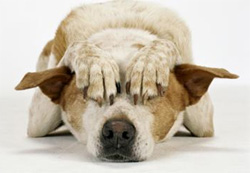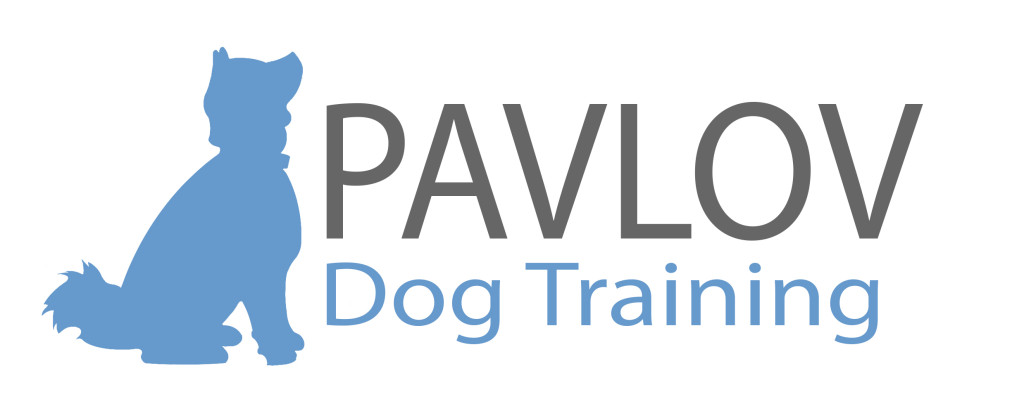Approach & Skills
Pavlov trainers are fluent in traditional and contemporary training. Some call this balanced dog training. When researching dog trainers, you will notice a recurring pattern. The majority of dog trainers fall on one of two sides of the training spectrum. On one side of the spectrum, you have the positive ONLY trainers – treats, praise, hugs…never tell your dog ‘no’. On the other far end of the spectrum, you have pressure-heavy dog trainers, who will correct poor choices, yet balk at rewards. Pavlov is unique in that we are fluent in both skills.
Entry-level obedience involves a generous helping of treats and praise. Polite behaviors are liberally rewarded. Naughty, rude, and threatening behaviors are directly corrected. Next, your dog will learn pressure-and-release training. This is also called traditional training. Traditional training is more like a couple’s dance. One party leads. The other follows. This is much like horse training. Training may incorporate many tools including – but not limited to – toys, prong collars, electronic collars, physical touch, spatial pressure, and a hardy snuggle session.
Behavior Programs. Aggression, fear, and phobias are addressed using four primary modes of training:
 1. Classical Conditioning (Pavlovian Conditioning). Teach your dog a new emotional response to a specific trigger (dogs on leash, men with beards, people with ball caps), by following the trigger with a feel-good, warm-and-fuzzy, consequence.
1. Classical Conditioning (Pavlovian Conditioning). Teach your dog a new emotional response to a specific trigger (dogs on leash, men with beards, people with ball caps), by following the trigger with a feel-good, warm-and-fuzzy, consequence.
2. Counter Conditioning. Replace an unacceptable behavior, with a new polite behavior, in response to a trigger. For example, say your dog rudely jumps on guests. Teach your dog to walk away from the front door, as your guests step inside. Your dog cannot walk away from the front door, and jump on guests simultaneously.
 3. Punishment. Decrease the frequency of a behavior by following the behavior with an undesirable consequence.
3. Punishment. Decrease the frequency of a behavior by following the behavior with an undesirable consequence.
4. Densensitization. Desensitization involves making your dog LESS sensitive to his trigger. The goal of desensitization is to eliminate or reduce your dog’s exaggerated, emotion-based reaction to a trigger. Does your dog have a trigger? (Dogs on leash, children, bearded men.)
OBEDIENCE TRAINING
Obedience involves a combination of luring, shaping, and operant conditioning.
5. Luring. Physically lure the dog into the desired position with a toy/food item. Once your dog assumes the position, reward with said toy/food item.
6. Shaping. Reward incremental baby steps toward your goal behavior. Say you want your dog to fetch a cold beverage from the fridge. First, teach him how to open the refrigerator door, then teach him how to carefully pick out a beverage, then teach your dog to bring the beverage to your waiting hands.
 7. Operant Conditioning. Operant conditioning happens when your dog offers a behavior (sit), followed by a valuable consequence (praise). Your dog EARNS the reward. Recognize your dog as a true capitalist.
7. Operant Conditioning. Operant conditioning happens when your dog offers a behavior (sit), followed by a valuable consequence (praise). Your dog EARNS the reward. Recognize your dog as a true capitalist.
